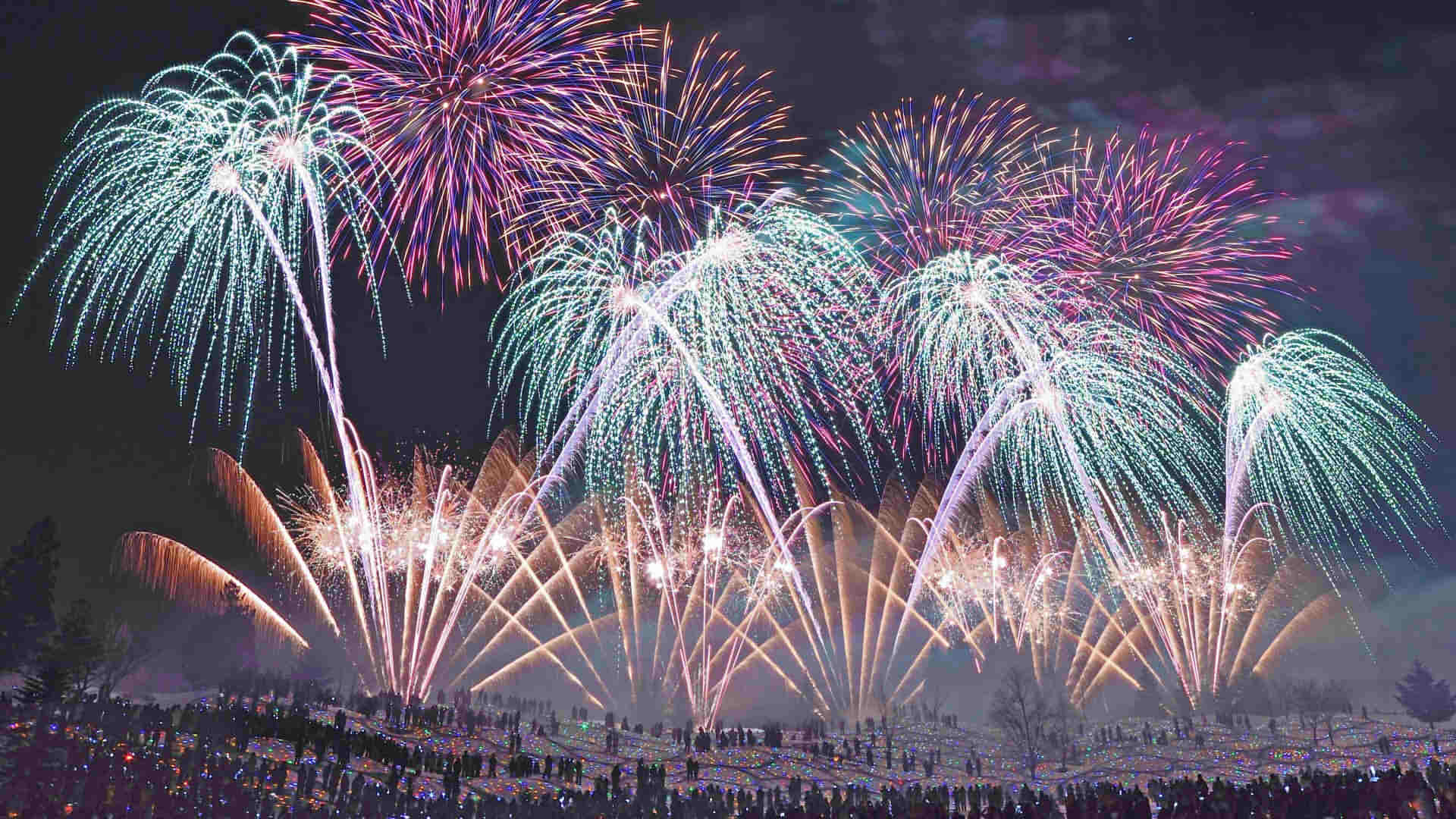
Echigo-Tsumari (越後妻有) is a region located in the southern part of Niigata Prefecture, Japan, known for its stunning natural beauty, rich cultural heritage, and unique art installations. The area encompasses a vast expanse of the Echigo and Tsumari regions, including over 200 small villages nestled amidst rice paddies and mountains.
Echigo-Tsumari is internationally renowned for its Echigo-Tsumari Art Triennale, one of the world’s largest outdoor art festivals. Held every three years, the festival showcases approximately 380 art installations and performances by artists from across the globe, often in unexpected locations such as abandoned houses, rice paddies, and mountain streams. Many of these installations become permanent fixtures in the landscape, enriching the region’s cultural fabric.
Beyond its contemporary art scene, Echigo-Tsumari is home to numerous historical and cultural heritage sites. These include well-preserved traditional Japanese houses, particularly the iconic thatched-roof farmhouses, as well as temples and shrines that reflect the region’s rich history. The area also boasts stunning landscapes, with breathtaking views of the Japan Alps and the Sea of Japan, showcasing the quintessential beauty of Japan’s satoyama (rural landscapes).
Visitors to Echigo-Tsumari can engage in a variety of outdoor activities depending on the season, such as hiking, cycling, and skiing. The region also offers a delightful culinary experience, with a wide array of dishes made from locally sourced ingredients. Koshihikari rice, a premium variety grown in the region, and hegisoba, a type of soba noodle served on a wooden platter, are particularly famous.
For those seeking relaxation, Echigo-Tsumari offers several hot spring resorts, where visitors can enjoy rejuvenating soaks and traditional Japanese hospitality.
Getting there
By Train
From Tokyo:
- Take the Joetsu Shinkansen to Echigo-Yuzawa Station (75-90 minutes)
- Transfer to the Hokuhoku Line to Tokamachi Station (30 minutes)
- Total journey time: About 2 hours
- Cost: Around 7000 yen
By Bus
- Highway bus from Ikebukuro (Tokyo) to Muikamachi Station
- Then take a train to Tokamachi Station
By Car
From Tokyo:
- Via Kanetsu Expressway to Shiozawa Ishiuchi IC
- Then take National Route 353 to Tokamachi
- Total journey time: 3-4 hours
